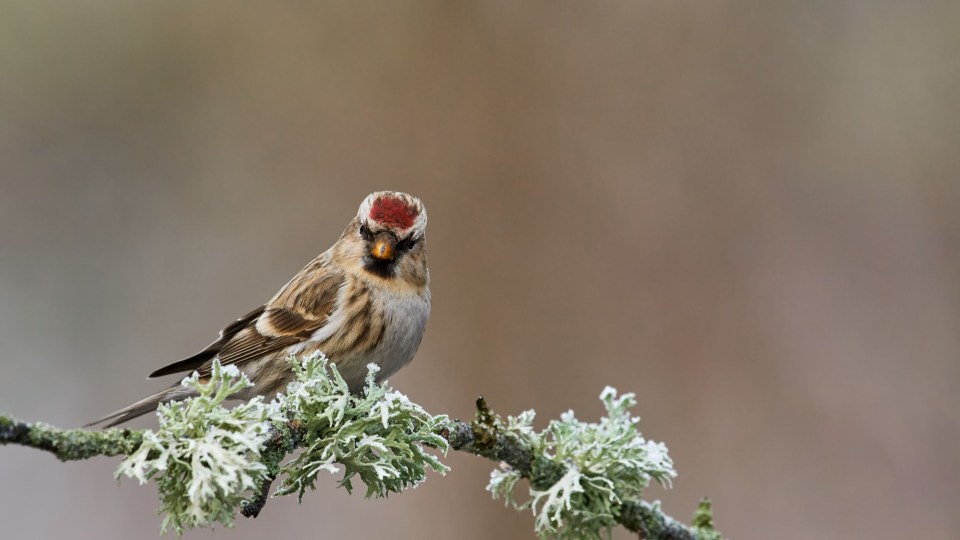
Appearance
True finches are small to medium-sized birds that belong to the family Fringillidae. They have sturdy, cone-shaped bills for eating seeds and nuts, and they often have bright colors in their feathers. Finches live in many different environments and usually do not migrate. They are found all over the world except in Australia and polar regions. The Fringillidae family includes more than two hundred species spread across fifty genera. This family contains canaries, siskins, redpolls, serins, grosbeaks, euphonias, and the unique Hawaiian honeycreepers.
Other birds are sometimes called “finches,” too. These include estrildid finches from Asia and Australia, bunting family members, New World sparrows, and Darwin’s finches from the Galapagos Islands, which are now part of the tanager family.
True finches have strong, thick beaks. Hawaiian honeycreepers are well-known for their different bill shapes, which have developed over time. All true finches have nine primary flight feathers and twelve tail feathers. Their feathers are usually brownish or greenish, often with some black, while white feathers are rare except in wing bars. Bright yellow and red colors are common in this family, while blue colors are less common because yellow pigments can turn blue into green. Many true finches show strong differences between males and females, with females usually having less bright color than males.
Diet
While finches mainly eat seeds, some types of finches, like euphoniines, also eat insects and berries. Hawaiian honeycreepers eat a variety of foods, including nectar. Finch chicks often eat small insects. True finches fly in a bouncing manner, flapping their wings in bursts and gliding.
Habitat
Finches are found in many places around the world, including the Americas, Eurasia, and Africa, and some can be found on islands like Hawaii. They do not live in Australasia, Antarctica, the Southern Pacific, or the Indian Ocean islands, though some European finches have been introduced to Australia and New Zealand.
Finches often live in wooded areas, but some species can adapt to mountains or deserts.
Behavior
Many finches sing well, and some are popular cage birds, especially domesticated canaries. They build basket-shaped nests, typically in trees, but they may also nest in bushes, between rocks, or on similar surfaces.
Gallery





















